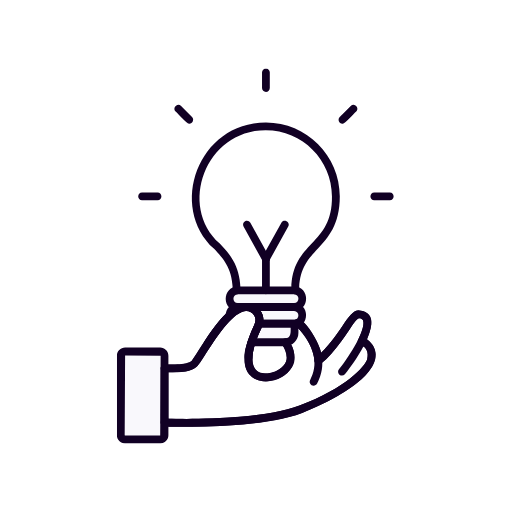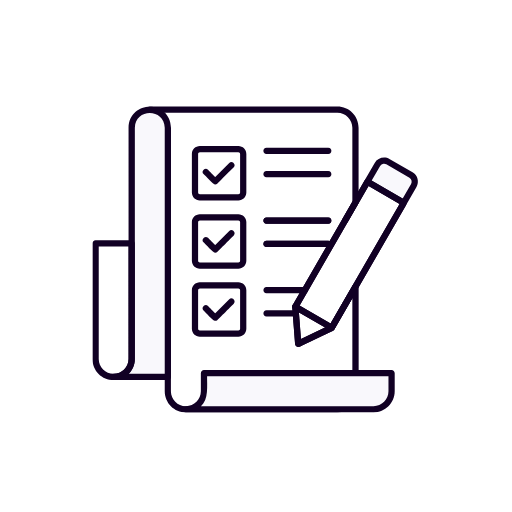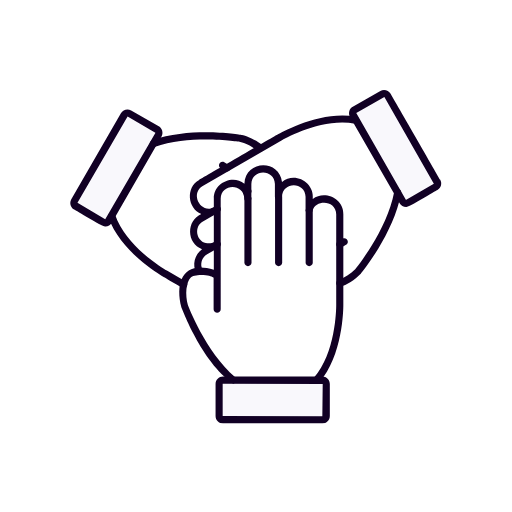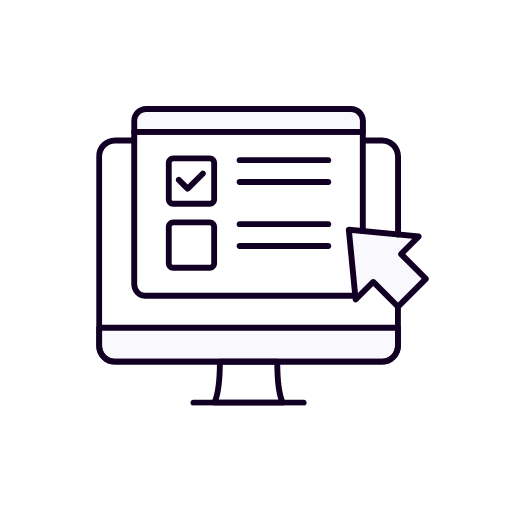Brand tone of voice development Dubai
Branding > BRAND NAMING AGENCY > Brand Tone of Voice Development
Brand Tone of Voice Development
We define how your brand speaks—across every touchpoint. Strategic tone of voice development aligned with your brand values, audience, and Dubai’s market culture.
Strategy-First Voice Design
Our tone work begins with your brand values and builds consistency across every word.
Cross-Channel Adaptability
From ads to HR emails, your tone adapts while staying unmistakably yours.
Regionally Relevant Tone
Our guidance ensures tone works across Dubai’s bilingual and multicultural audiences.
Why Choose Us
Why Dubai Brands Trust Our Tone Work
We shape your voice to sound uniquely yours—clear, consistent, and culturally attuned to connect with your audience across every interaction.
“They captured exactly how we wanted to sound—confident, clear, and on-brand.”
Omar Dufresne
―Head of Brand

Strategic Tone of Voice Creation
We create tone of voice systems that define your brand personality—formal or friendly, bold or calm—and guide teams to communicate with clarity and consistency.
- Personality mapped tone
- Clear writing guidance

Multi-Touchpoint Tone Training
We don’t just define tone—we document, train, and coach teams to apply it across sales, support, web, marketing, and internal communication touchpoints.
- Team-ready tone docs
- Real-world tone samples
Our Services
Explore Tone of Voice Services
From tone discovery to documentation and training, we help Dubai-based brands communicate with authenticity, clarity, and consistent voice.

Tone Discovery Workshops
Sessions to explore your brand’s character, audience mindset, and tonal possibilities.

Tone of Voice Framework
Strategic definition of tone traits, use cases, and alignment with business values.

Tone Guidelines Documentation
A practical guide showing how to use tone across channels and situations.

Internal Comms Voice
HR, leadership, and internal docs that reflect your brand’s personality and culture.

Sales & Outreach Messaging
Persuasive, brand-aligned tone for cold emails, sales scripts, and outbound content.

Content Audit & Re-Tone
Analysis and rewriting of existing content to align with the new tone.
Brand Tone of Voice Development
Brand Tone of Voice Development Dubai: Defining How Your Brand Speaks with Octopus
In the global city of Dubai, where brands must speak to both local tradition and international ambition, defining a distinct tone of voice is not optional—it is fundamental. A brand’s tone of voice is the expression of its personality through words. It’s how a brand talks, responds, guides, and influences. At Octopus, we craft tone of voice systems that do more than set a linguistic style—they build trust, inspire engagement, and reinforce brand identity across all channels, teams, and territories.
The Strategic Value of Brand Voice in a Multicultural Market
Dubai’s market is an intricate tapestry of nationalities, dialects, industries, and expectations. A brand that communicates successfully here must do so with cultural fluency, emotional intelligence, and operational clarity. Your tone of voice becomes the unifying thread across campaigns, platforms, and stakeholder interactions. It drives how you sound in a pitch deck, a social post, a customer service email, or a voice assistant interface.
At Octopus, we begin every tone of voice development by anchoring the brand’s purpose. We examine the values, audience, sector positioning, and business objectives. This strategic grounding allows us to shape a verbal identity that is not only expressive but aligned to performance. In the UAE, where English and Arabic are used interchangeably across business and culture, tone must be adaptable yet consistent. It must express sophistication without sounding distant, and ambition without arrogance.
Building the Verbal DNA of a Brand
Tone of voice is the behavioral blueprint of your brand in language. At Octopus, we start by mapping the tone traits that define your verbal identity. These traits act as core attributes—such as bold, empathetic, precise, or inspirational—that are then translated into syntactic and stylistic behavior.
This phase of development is both analytical and creative. We conduct brand workshops to gather voice signals from founders, customers, and stakeholders. We audit existing communication for linguistic patterns and tonal inconsistencies. We analyze how your brand currently speaks across touchpoints, from newsletters to UX microcopy. Then, we define how your brand should speak to align with its ambition.
We structure this voice into a spectrum that guides behavior across use cases. For example, a brand might be confident and concise in product interfaces, but friendly and expansive in onboarding flows. These calibrations ensure consistency without rigidity, allowing voice to flex while staying recognizably on-brand.
Cultural Calibration for the UAE Audience
Language is cultural. In Dubai, where Western communication norms often mix with Middle Eastern values, tone of voice development requires deep cultural awareness. Octopus works with linguists, anthropologists, and cultural consultants to ensure tone guidelines respect both the sophistication of a global audience and the nuance of local heritage.
We help brands avoid linguistic missteps that occur when English tone is translated literally into Arabic. We also shape tone so that it resonates with the collectivist cultural dimensions found in Emirati and broader Arab societies. For example, while Western brands may lean on assertiveness and disruption, brands in the UAE often need to balance confidence with respect and communal responsibility.
Our tone documents are built with this sensitivity in mind. We define how tone shifts across dialects, how to avoid expressions with unintended religious or cultural connotations, and how to speak with relevance and resonance in both languages.
Developing Multilingual Tone Systems
A singular brand tone must speak across multiple languages. Octopus creates multilingual tone frameworks that ensure brand voice translates not just accurately but effectively. In the UAE, where English and Arabic dominate, this bilingual bridge is essential.
We provide dual-language tone principles, side-by-side usage examples, and transcreation strategies that prioritize tone over literal translation. Our tone development includes guidance on writing for right-to-left layouts, adapting voice for linguistic structures, and localizing without compromising character.
We also include frameworks for regional dialects, accommodating brands that operate across GCC or wider MENA markets. Our tone of voice systems flex across contexts while maintaining strategic cohesion.
Tone of Voice in Digital and Omnichannel Environments
Modern brands do not speak from a single platform—they speak across dozens. Your tone must work in UX microcopy, chatbot interactions, CRM campaigns, podcast intros, and social media reels. Octopus defines tone behaviors for each of these environments.
We develop tone maps that show how the brand adapts across channels. A banking brand, for instance, might be technical and efficient in mobile apps, but warm and consultative in customer emails. A lifestyle brand might be playful on Instagram and aspirational in investor documents. We build these calibrations into our guidelines to enable channel owners to speak consistently.
In digital-first markets like Dubai, voice must also work in non-text formats. We script voice-over tone, on-screen prompts, and voice assistant responses. Our systems define pace, intonation, rhythm, and pause logic for spoken brand communication. Tone isn’t just written—it’s heard, felt, and experienced.
Documentation and Tone of Voice Guidelines
To scale and sustain your brand voice, it must be documented clearly. Octopus delivers tone of voice manuals that go beyond description—they demonstrate, explain, and enable. Each guideline includes tone principles, do/don’t language usage, sentence structure preferences, and context-specific samples.
These documents include content for internal and external communications, with application sections covering customer support, product messaging, HR communication, sales decks, and investor materials. For bilingual brands, we create mirrored documents with corresponding English and Arabic examples.
We host these guides in interactive platforms like Notion, Zeroheight, or Webflow-based intranets, ensuring teams across departments can access, search, and apply the voice consistently. Our documentation isn’t shelfware—it’s an operational tool.
Training and Internal Adoption
Brand tone of voice fails when it is only understood by the marketing team. At Octopus, we build training programs to embed verbal identity across your organization. We conduct workshops, webinars, and e-learning modules for teams ranging from customer service to legal.
Our training includes real-world roleplay, tone calibration exercises, and writing labs. We help team members understand not just what the voice is, but why it matters, and how to adapt their communication style accordingly. Adoption is highest when teams feel confident, not just compliant.
We also develop tone governance systems—defining voice owners, update protocols, feedback loops, and ongoing reinforcement mechanisms. Our goal is not just consistency, but continuity.
Measuring and Evolving Tone
Voice is not static. Brands grow, audiences shift, and platforms evolve. Octopus includes systems for tone measurement and evolution. We use sentiment analysis, engagement metrics, content performance data, and feedback forms to evaluate how tone is perceived and whether it performs.
We establish KPIs tied to tone implementation—reduced bounce rates, higher satisfaction scores, improved open rates. We also run user testing for new tone applications and evolve the tone system in response to cultural shifts or product pivots.
Our tone strategies include scheduled reviews—typically every six to twelve months—to ensure the brand voice remains relevant and effective. This proactive iteration keeps the tone alive and aligned.
Tone of Voice as Competitive Differentiator
In Dubai’s crowded sectors—finance, real estate, hospitality, logistics, government—most brands compete on visual identity and product parity. Tone of voice is the differentiator. It’s the layer of emotional engagement that turns attention into affinity.
A distinct tone builds memorability. It sets you apart in pitch meetings, differentiates you on social feeds, and influences user behavior in subtle but powerful ways. Octopus helps brands craft tones that are ownable, flexible, and scalable—tones that evolve with the brand while remaining unmistakable.
Whether you’re speaking to high-net-worth individuals, Gen Z creators, logistics partners, or public stakeholders, we make sure your voice connects.
Let Octopus Define Your Voice
Your tone is your brand’s most human trait. It builds the relationship. It carries the emotion. It closes the gap between what you do and how people feel about it. In Dubai’s multicultural, multilingual, hyper-connected market, this tone must be crafted with clarity, strategy, and care.
Octopus builds tone of voice systems that are not just beautiful—they’re usable. They work in real-world communication. They inspire alignment. They drive performance. Let us help you build the verbal architecture that transforms your brand from message to meaning.
Let's get started
Don't get left behind
Stay ahead of the competition with ReachOut – don’t get left behind.

Got a question? Get your answers
Quick answers to questions you may have. Can’t find what you’re looking for? Check out our full documentation.
01. What is a “tone of voice” and why does it matter for Dubai brands?
It’s the personality you project through word choice, rhythm, and attitude in every language you use. A clear tone builds trust across Dubai’s diverse, savvy audience and keeps campaigns recognizable from social reels to Expo booths. Without it, your English-Arabic messaging feels scattered and forgettable.
02. How long does tone-of-voice development usually take?
A lean project can wrap in two weeks with a single workshop and quick documentation. Deeper engagements—customer interviews, competitor audits, multiple iterations—take four to six weeks. Timelines hinge on feedback speed and how many channels (web, social, call center) you need covered.
03. How do we ensure everyone sticks to the new tone?
Publish the guide in a shared workspace, run an onboarding session for writers and customer-service teams, and schedule quarterly audits. Use not-to-be-missed examples—good and bad—to make the rules tangible. When emails, ads, and chat scripts all “sound” alike, you know it’s working.
